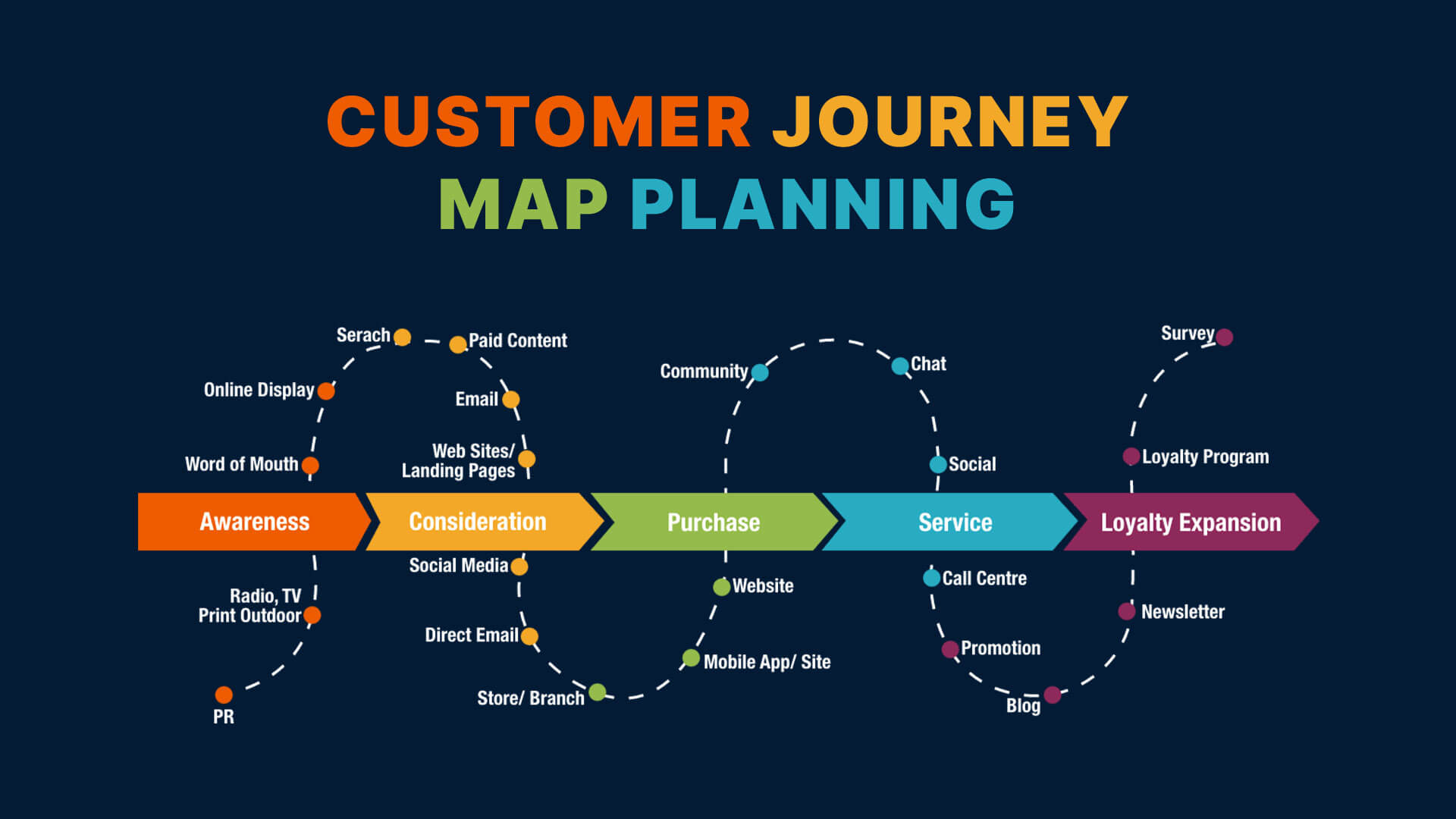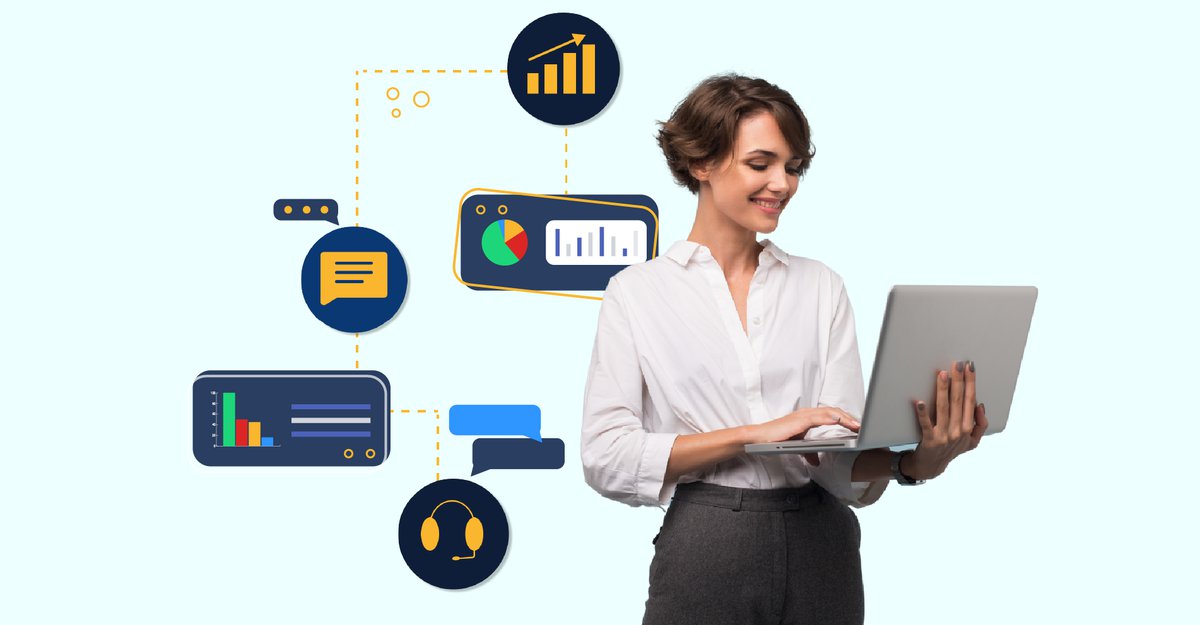Introduction
Are you hoping to improve the B2B client experience in 2024? Strong bonds and top-grade service are essential in the field of B2B interactions. B2B transactions need careful consideration of options and long-term collaborations, in contrast to rapid consumer sales. While a positive client experience might provide you with a competitive edge, a single negative encounter can drive away business.
In fact, a majority of B2B purchases—more than 80%—now demand the same superior level of service that they expect from B2C firms. According to estimates, concentrating on the customer experience might result in a 5% to 10% boost in revenue. This article aims to discuss the significance of the B2B customer experience and provide you with five useful techniques to enhance it for long-term business success.
What is a B2B customer experience?
Imagine a business handshake that turns into a lasting partnership. The B2B customer experience (CX) revolves around it. It's the general perception and exchange between two businesses, encompassing all points of contact from the initial meeting to continued assistance. Deeper, longer-term relationships are built and maintained in B2B CX, as opposed to B2C, which concentrates on immediate, individual sales.
It involves being aware of one another's business requirements, coming up with solutions specifically for each other, and giving dependable, ongoing assistance. Essentially, it holds the secret to converting economic dealings into fruitful, long-lasting alliances.
Current Challenges in B2B Customer Experience
There are several challenges that B2B businesses will have to overcome if they are to deliver a remarkable customer experience. Some of the major ones include:
- Difficult Decision-Making Processes: Multiple parties with varying priorities are frequently involved in B2B transactions, which makes decision-making time-consuming and difficult.
- High Expectations for Personalization: In contrast to B2C, customers anticipate individualised experiences, yet many B2B businesses find it difficult to provide these kinds of services on a large scale.
- Technology Integration: Using and integrating new technology, such as AI and CX systems, can be difficult and can impact the effectiveness and calibre of customer interactions.
To enhance the B2B client experience, these issues must be resolved. Companies can foster better bonds and increase the performance of their commercial operations by overcoming these obstacles.
Why does B2B experience matter?
B2B customer experience matters because it directly impacts a company’s success and growth. Businesses that offer their customers an excellent experience become closer and more devoted to their customers. Positive recommendations from word-of-mouth and repeat business result from this loyalty.
Reports indicate that a positive B2B encounter might result in a 10%–15% rise in sales and a 10%–20% decrease in expenditures. Additionally, customer experience is a major distinction that 54% of B2B organisations hope to employ. In other words, B2B customer experience will serve as the key competitive weapon while enhancing organisational longevity and its financial performance indicators.
CX Strategies to Improve B2B Customer Experience
Enhancing the B2B customer experience will eventually aim towards fostering customer relationships for business sustenance. Here's how to do that:
1. Map the Customer Journey
It's important to comprehend the actions a customer takes from first contact to after-sale assistance. Enterprises can pinpoint crucial points of contact, areas of discomfort, and chances for enhancement by charting the customer journey. In order to ensure a smooth and fulfilling experience for customers throughout their journey, this aids in customising interactions and services to fit their needs. Another way to improve client happiness is to update and refine the trip map on a regular basis based on feedback.
2. Deliver Efficient Customer Service
In B2B interactions, prompt and effective customer service is crucial. To quickly respond to consumer questions and issues, make use of automation, artificial intelligence (AI), and skilled staff. Make sure that your customer service is available over a variety of channels, including phone, email, live chat, and an AI receptionist, in order to offer prompt and efficient resolutions and ultimately boost client happiness and retention. Tracking down problems and their resolution can be made easier by putting in place a ticketing management system.
3. Collect Customer Feedback
The third step is to actively seek out client input. This helps firms identify areas for improvement and understand the demands of their customers. Gather information on a regular basis by using surveys, feedback forms, and direct conversation. You may make wise decisions and make improvements to the customer experience by analyzing this input and letting them know that you value their thoughts. Additionally, regular feedback loops help spot trends and new problems early on.
4. Personalize Customer Interactions
Adapt your services and communications to the unique requirements and tastes of every customer. To understand consumer behavior and preferences, apply data analytics. Personalization can be about strong relationships and customer satisfaction. Tailored product recommendations, targeted content, and individualized customer support are a few key suggestions. A targeted marketing effort is enriched by the segmentation of customers based on taste and behavior. To scale these efforts effectively, businesses can use email marketing automation to deliver personalized messages based on user behavior, preferences, and lifecycle stage. This helps improve engagement and strengthen customer relationships.
5. Educate and Inform
Give clients deeper insights into your goods and services by offering insightful and helpful information. To answer frequent queries and difficulties, provide a range of material formats, including blog entries, whitepapers, and videos. Your customers will gain insight into your services and be able to use them to the fullest while, at the same time, your company is positioned as a leader in its area of operations. Content is kept current and helpful by being updated frequently.
Measuring the Success of B2B Customer Experience Initiatives
The successful measurement of B2B customer experience efforts will ensure continuous improvement and business growth.
- Customer Satisfaction Scores (CSAT): Use frequent surveys to gauge how satisfied your customers are. Elevated ratings signify favorable encounters, whilst reduced scores emphasize aspects that require work.
- Customer Retention Rate: Keep track of how many clients stick with you over time. High retention rates are a sign of happy customers and successful CX efforts.
- Revenue Growth and Customer Lifetime Value (CLV): Examine your CX projects' financial effects. Growing CLV and revenue are signs that your work is contributing to long-term company growth.
You can ensure continuous growth and client happiness by regularly measuring these critical KPIs and refining your B2B customer experience tactics.
Future Trends in B2B Customer Experience
The customer experience of B2B will change rapidly with improved technology and new expectations from clients. Here are some major trends one should look out for:
- Personalization at Scale: Enterprises will continue to use AI and data insights more to tailor interactions, products, and services to meet each customer's unique needs. This approach ensures that experiences are both relevant and impactful.
- Seamless Multi Channel Assistance: Consumers will anticipate getting the same level of assistance from chatbots to email across any customer experience platform. This will guarantee a seamless and coordinated journey.
- Proactive Client Support: Businesses will use predictive analytics to foresee and address client problems before they come up. Resolutions will happen more quickly with this proactive approach.
The ability to stay ahead of these trends will be critical for improving the B2B customer experience to ensure long-term success.
Do you want to take your B2B Customer Experience to the next level?
Consider solutions like Kapture CX to enhance your B2B customer experiences. Assist clients better, automate support processes, and gain deep insights with robust CX tools. This can increase customer satisfaction, quicken response times, and build closer, more lasting relationships with your customer base.
CX tools help provide a smooth and efficient B2B customer experience, setting companies apart from their competition through real-time data, efficient ticketing systems, and personalised communication.
Transform your B2B customer experience now!








